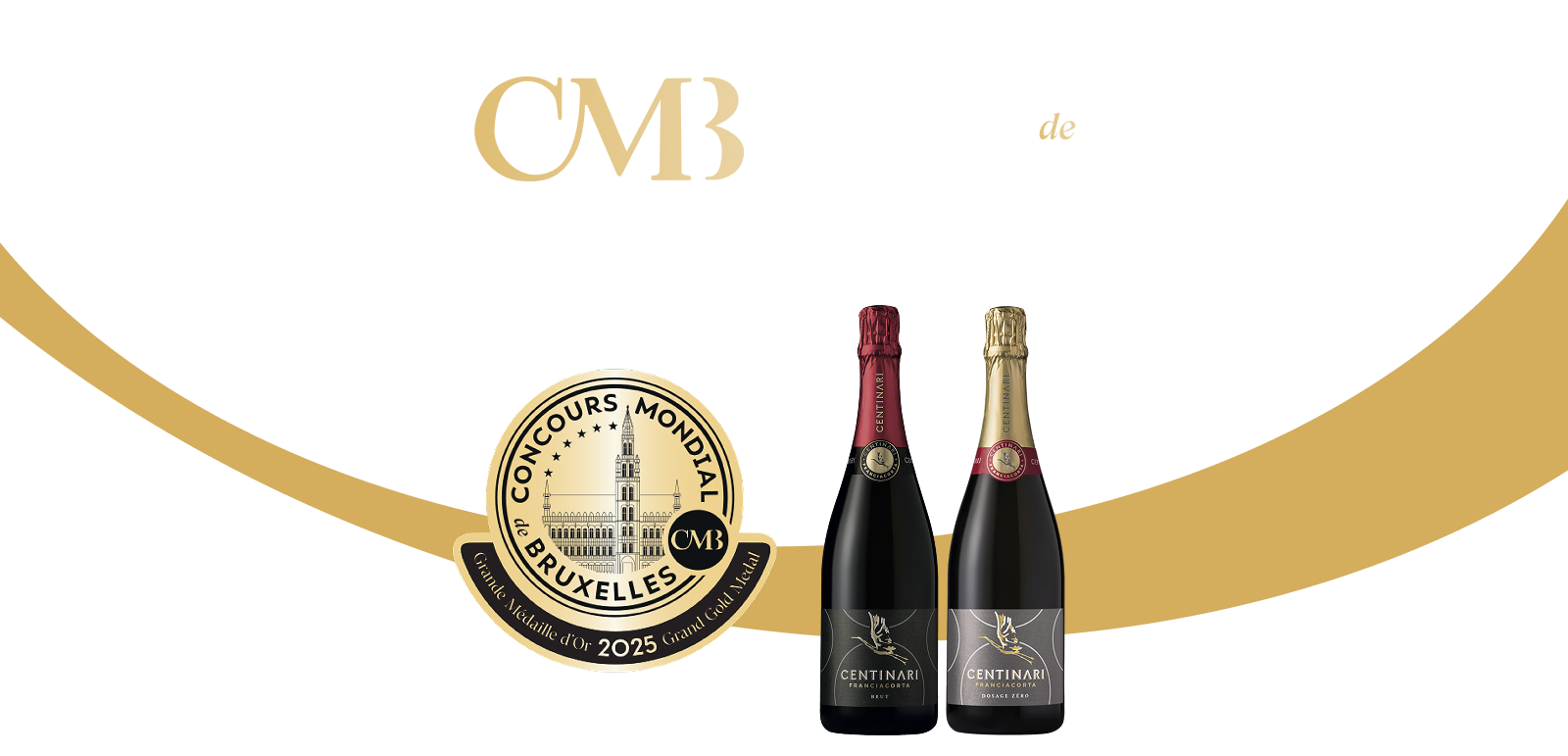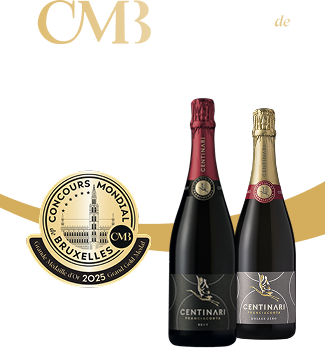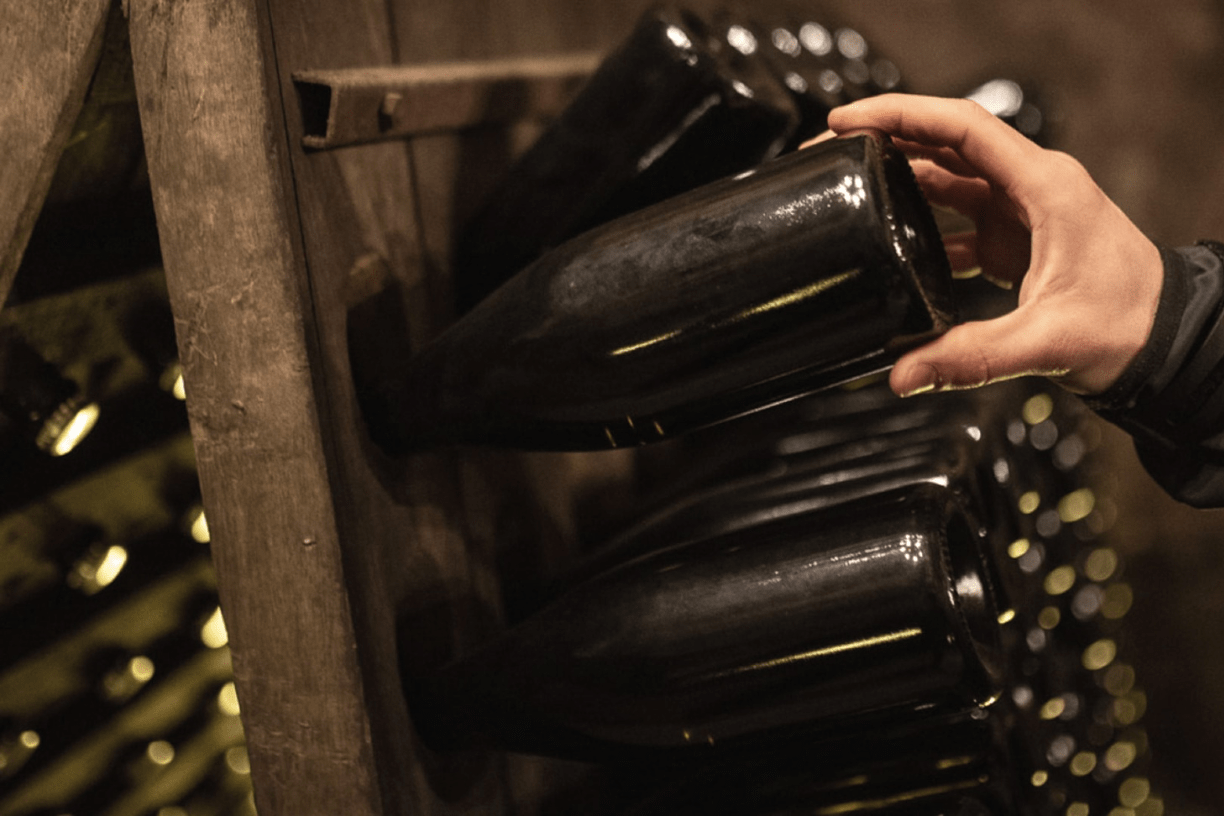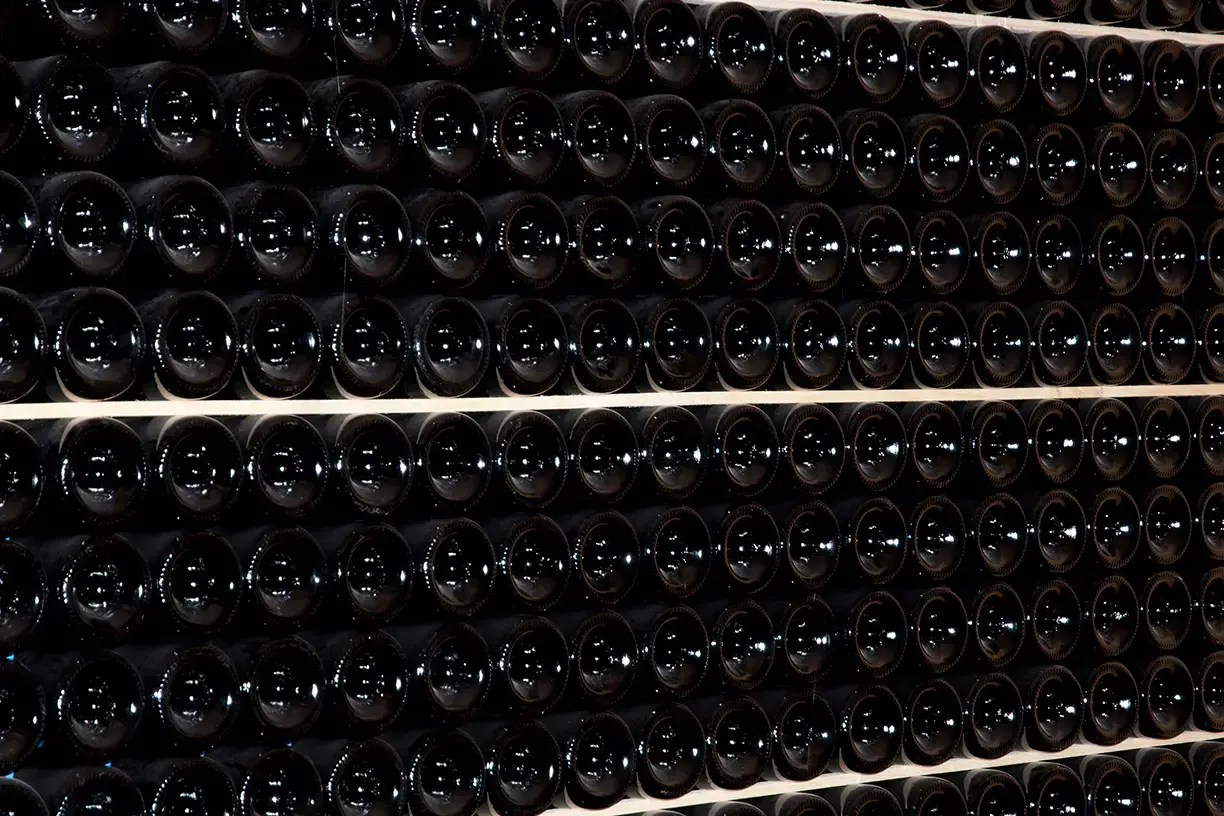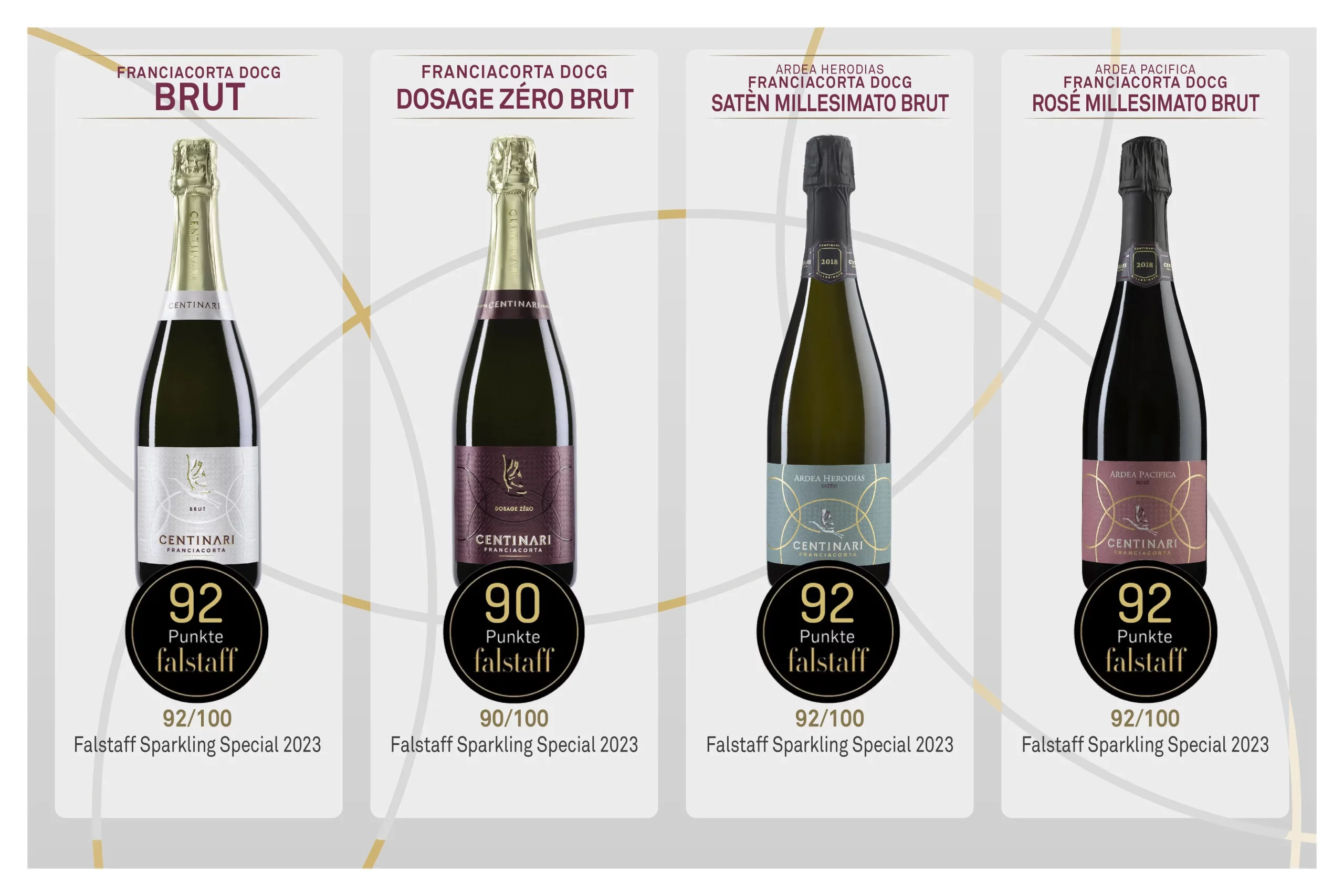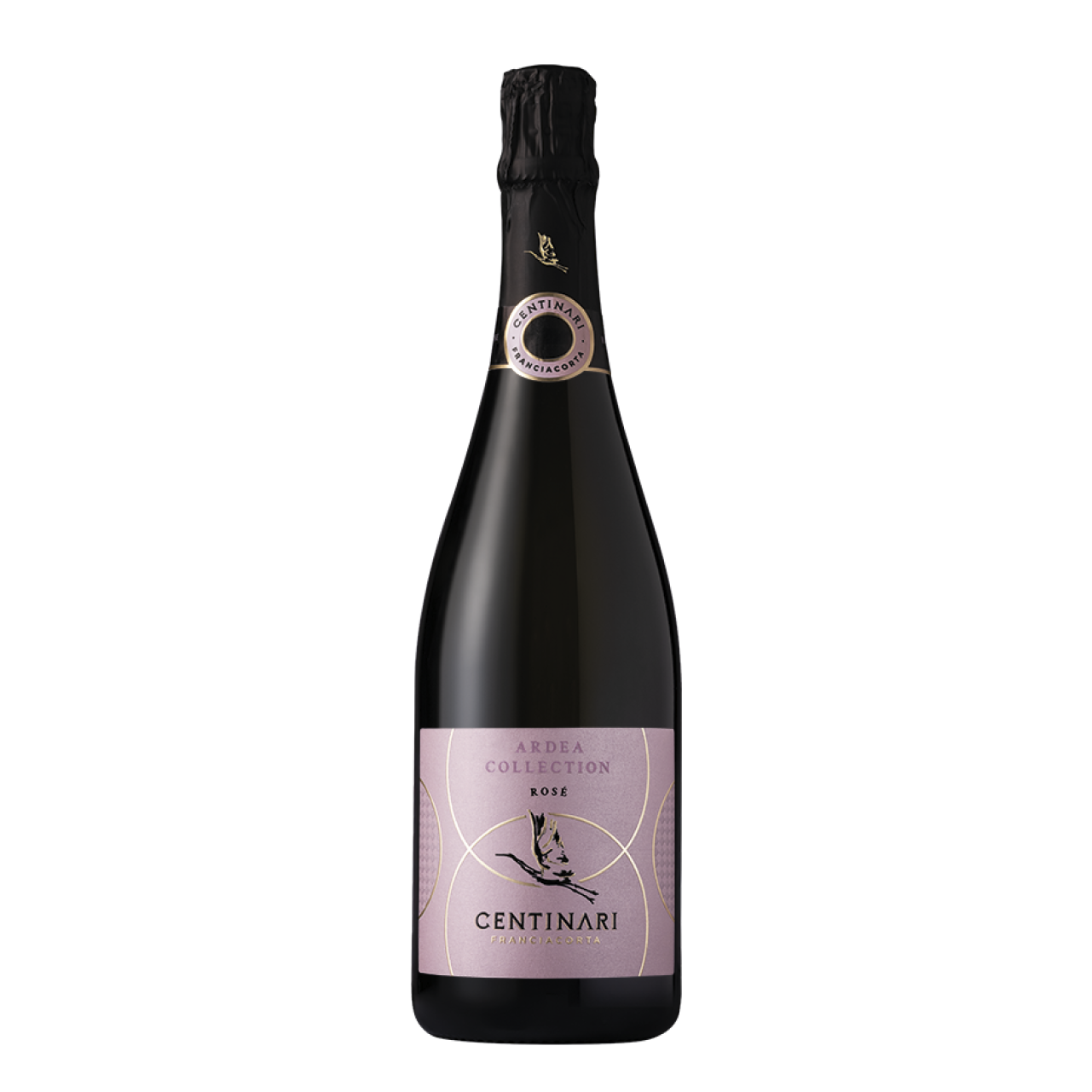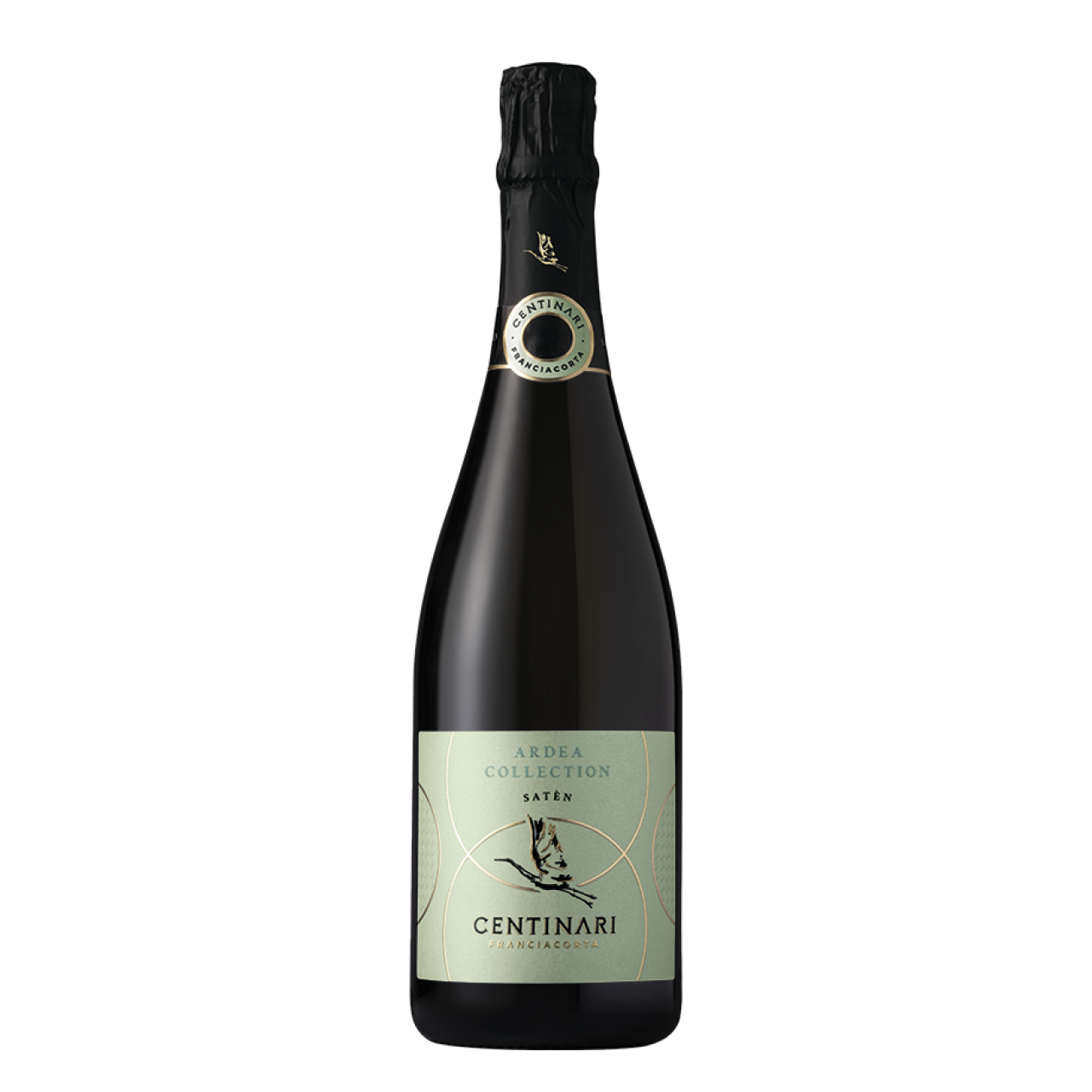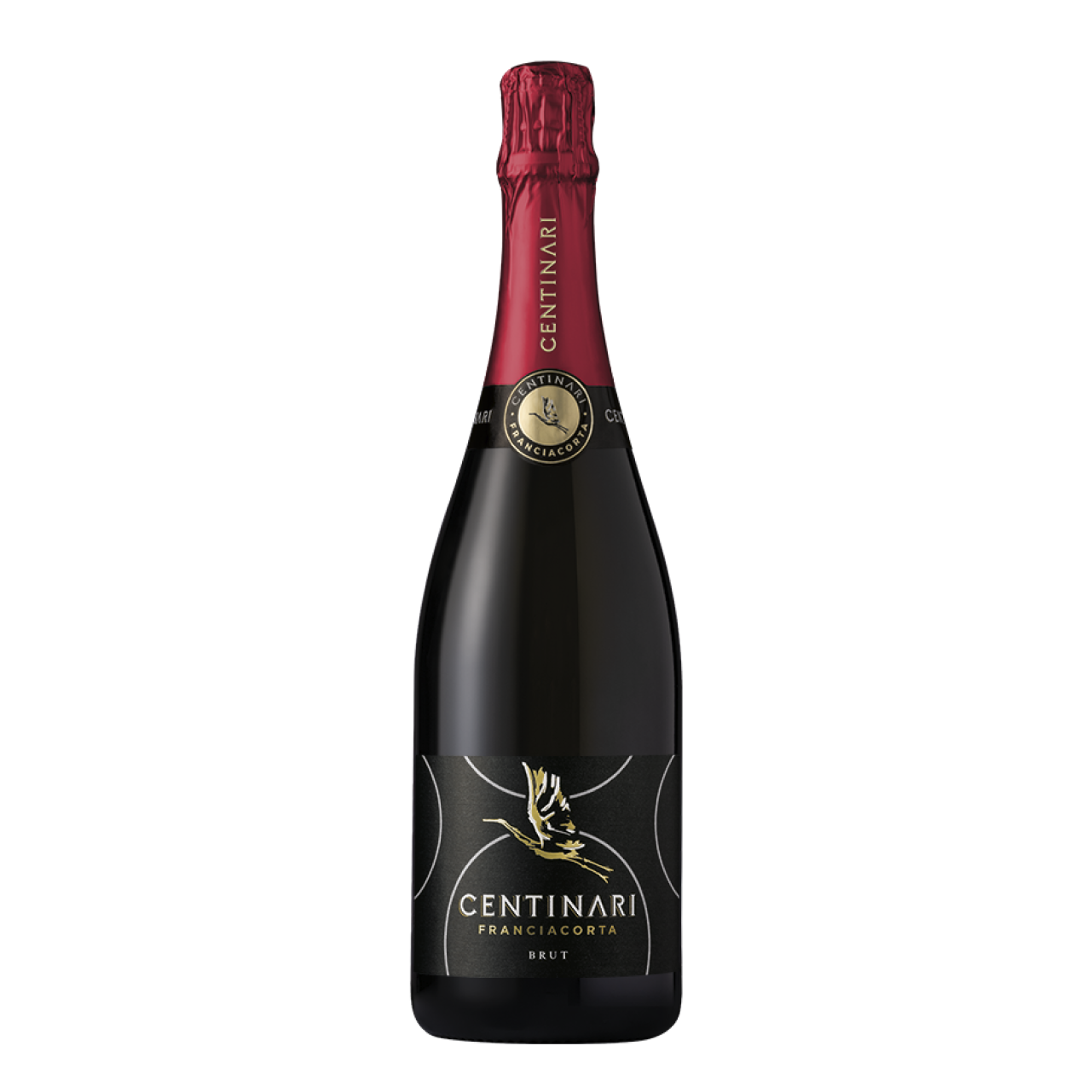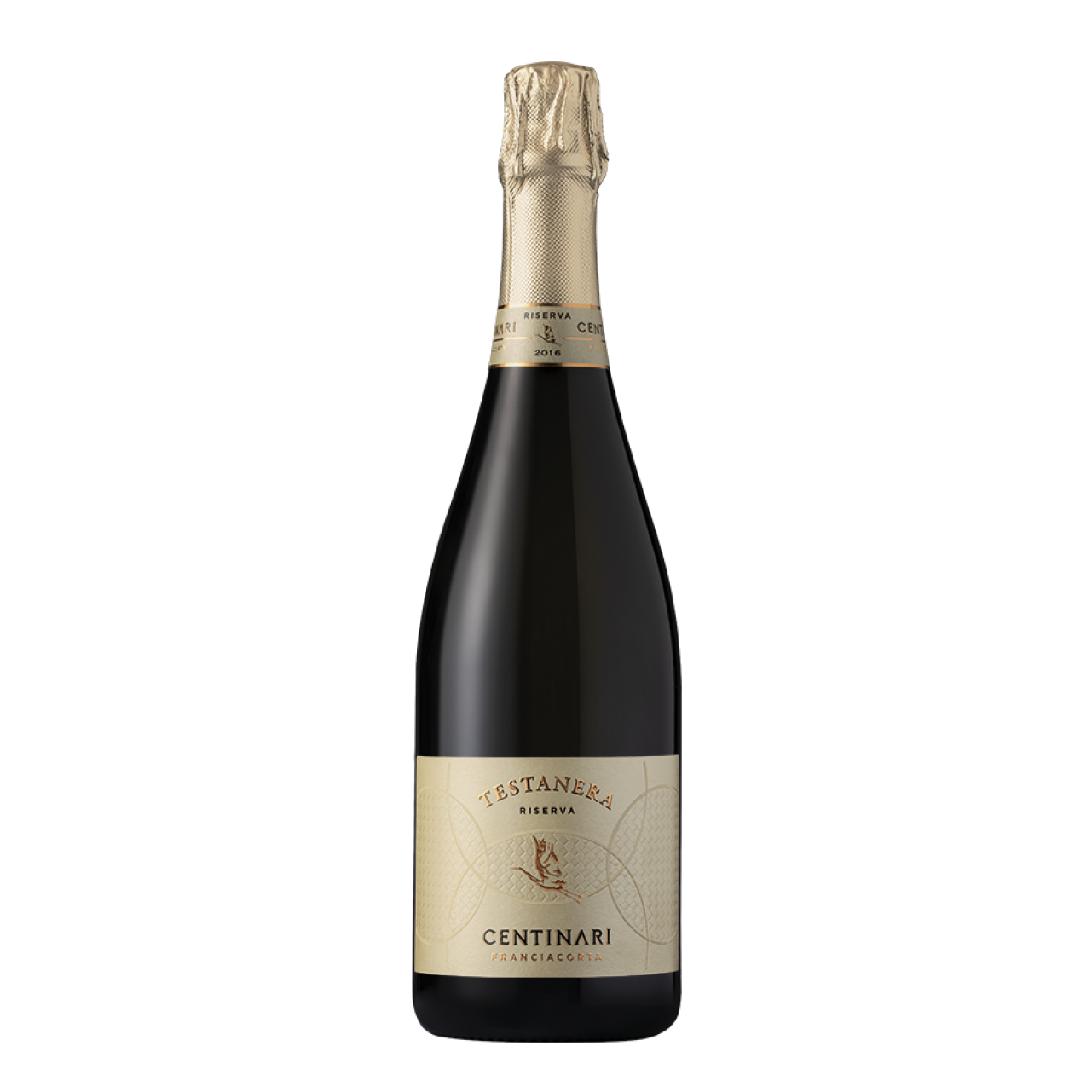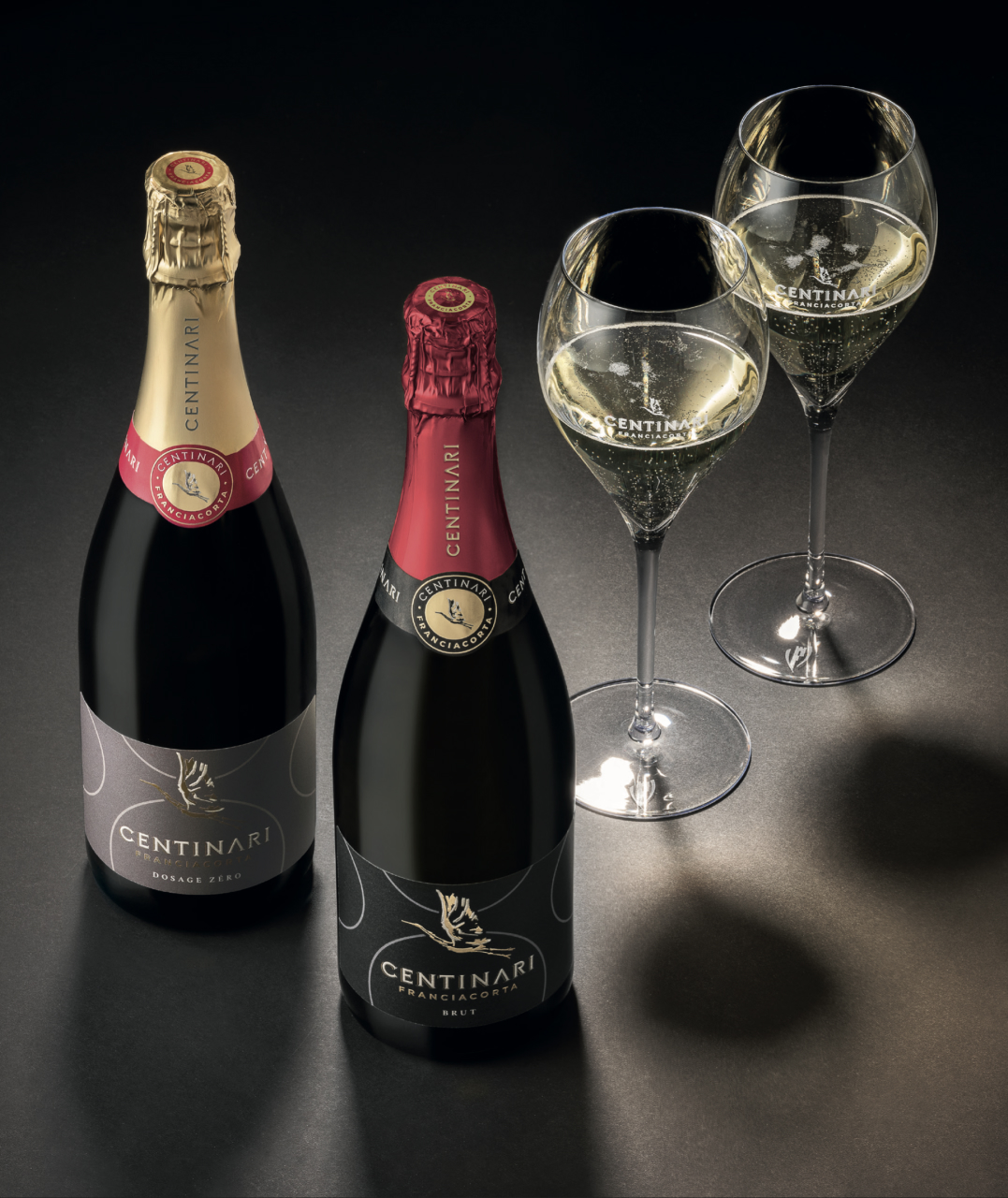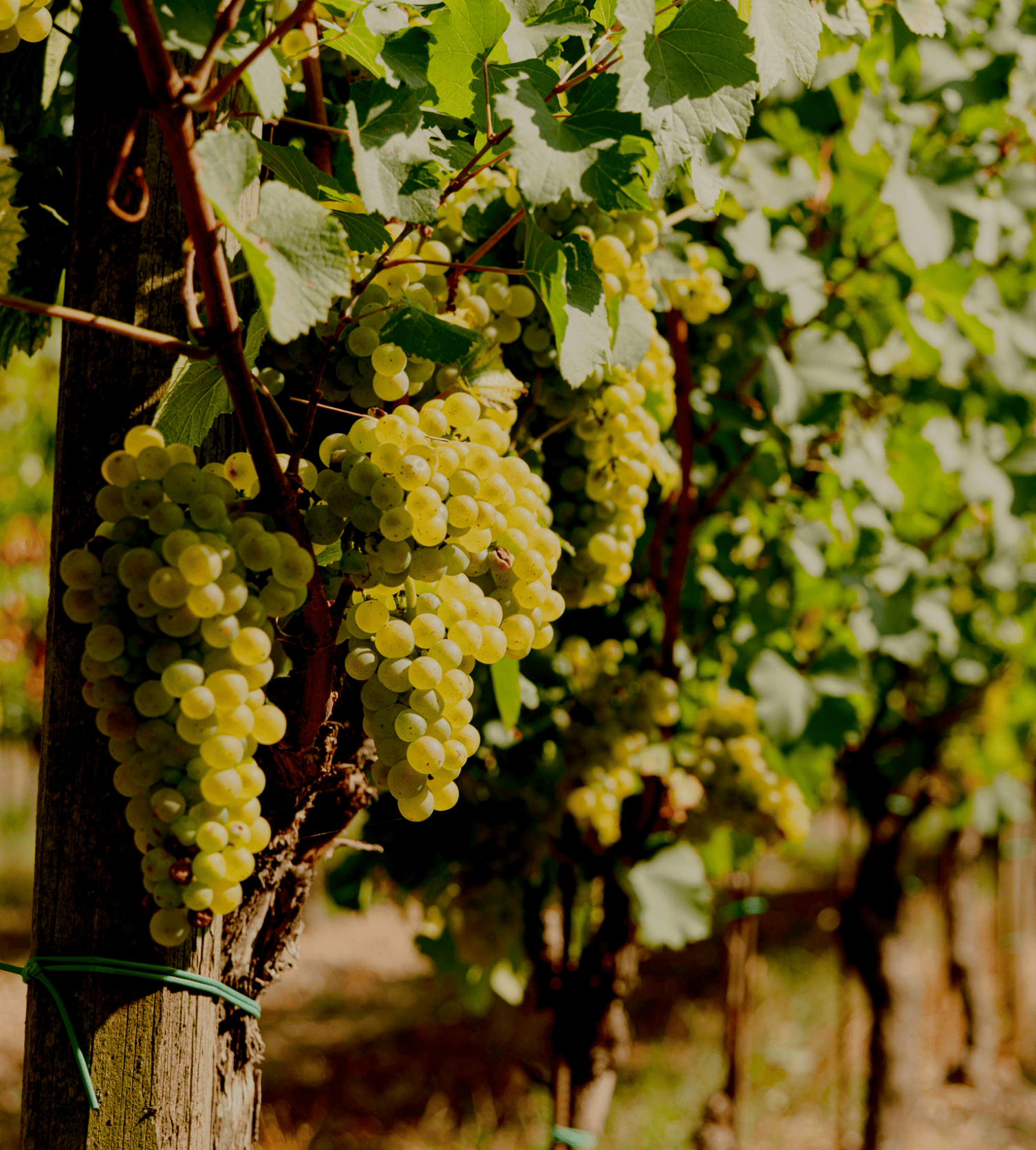Today’s in-depth analysis concerns one of the most fascinating operations of the production process: remuage.
What do we mean by remuage?
The word comes from the French language and literally means “shaking“. This process was born in France in the 19th century as part of the production of Champagne. It was then adopted in the same way by all the other producers of sparkling wines through the Classic Method.
When does the remuage take place?
During the Classic Method, the aging takes place after the second fermentation of the wine in the bottle. This is a phase of the production process in which the bottles remain in a horizontal position for a long time, in contact with the yeasts.
These bottles contain exhausted sediments and lees, solid residues from fermentation.
As the end of aging approaches, the remuage takes place, a technique designed specifically to encourage the collection and subsequent elimination of lees or solid deposits.
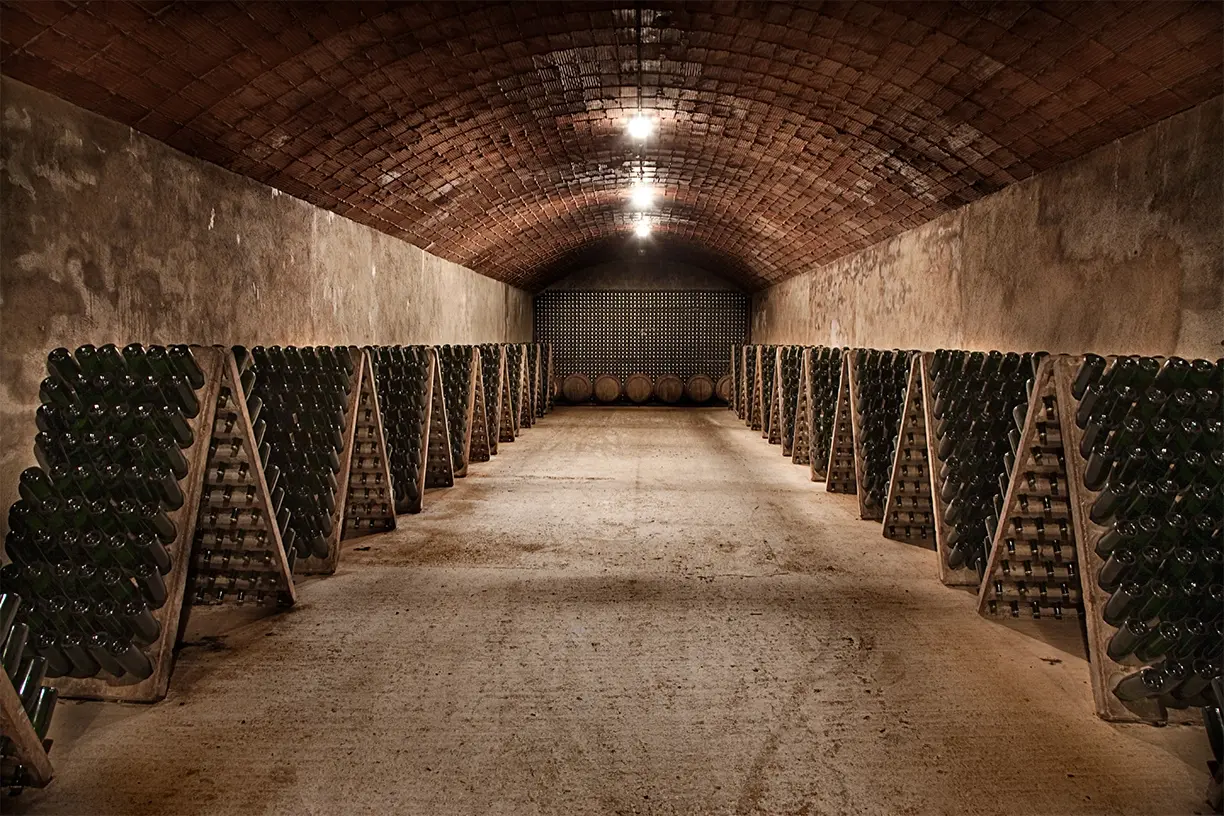
How is Remuage done?
The remuage is the operation which consists in placing the bottles in an oblique or vertical position, with the neck of the bottle facing downwards, in such a way as to push and collect the sediments in the neck itself, facilitating their removal.
Traditionally, the operation used to be carried out by hand. The bottles, placed on wooden pupitres, i.e. “triangular” or inverted “V” structures made up of tables full of holes where the wine could be stored, were turned by 1/8 or 1/4 by the remueur starting from a mark made with the chalk on the base of the bottle.
Today the operation is developed automatically in most wineries with the aid of an automatic remueur that operates all day. This allows the remuage time to be reduced from 6 weeks to 1, without reducing the quality of the wine produced.
At the end of this process, the deposit will be completely accumulated in the neck of the bottle, which is thus ready for the next phase: dégorgement or disgorgement.
